The 1980s was a peculiar decade, marked by a unique blend of pop culture, burgeoning technology, and seemingly bizarre fears that many children of that era shared. These anxieties, often fueled by media, urban legends, and societal changes, now seem laughably irrational. However, they instilled life lessons and survival skills that have unexpectedly prepared us for adulthood. These fears, although seemingly ridiculous today, taught us to navigate the complexities of real life with resilience and adaptability. Here are 13 quintessential ’80s childhood fears that, in their own quirky ways, contributed to making us who we are today.
1. Quick Sand Traps

Quicksand was the ultimate childhood terror, conjured by countless movies and TV shows. We imagined stepping off a path and instantly sinking into a bottomless pit. In reality, encounters were unlikely, but this fear taught caution and awareness of surroundings. It was a metaphor for unexpected challenges, preparing us for life’s unpredictable moments.
While we rarely face literal quicksand, the lesson remains: tread carefully, assess risks, and don’t panic when confronted with the unknown. This seemingly irrational fear cultivated an early sense of vigilance that proved valuable in adulthood.
2. Alien Abductions
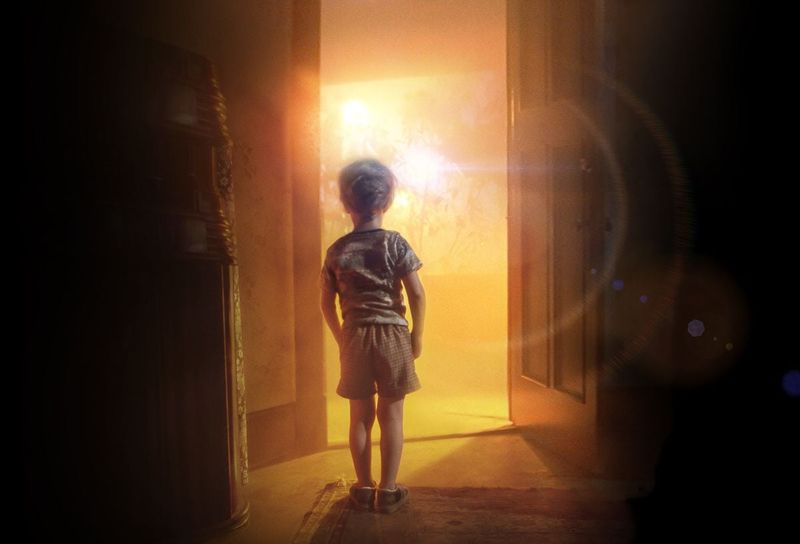
Abductions by aliens were a prevalent fear in the ’80s, fueled by science fiction and sensational stories. Kids imagined being whisked away to far-off planets by mysterious extraterrestrials. The fear highlighted a sense of wonder and curiosity about the unknown.
This fear translated into a readiness for the unexpected. It taught adaptability and coping with the strange or unfamiliar, skills that are invaluable in a rapidly changing world. The fear of alien encounters fostered creativity and an open-minded attitude towards the mysterious.
3. The Bermuda Triangle
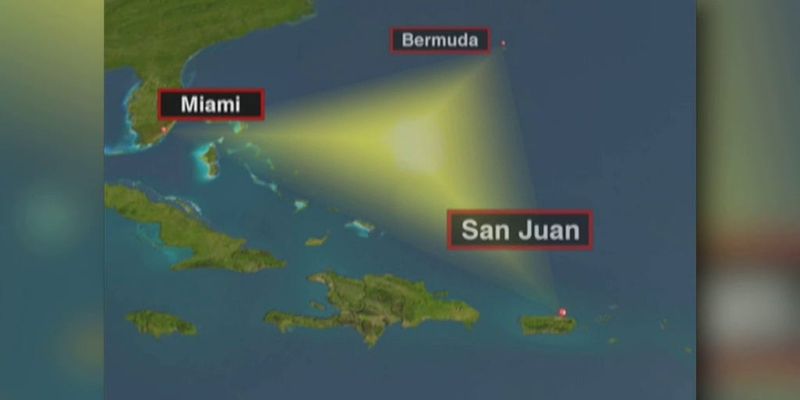
The Bermuda Triangle was a mystery that captivated our imaginations. Stories of disappearing ships and planes made this geographical location a symbol of the unknown. The fear was less about actual danger and more about the allure of unsolved mysteries.
It taught us that not everything has a clear explanation and that some mysteries are worth exploring. This sense of curiosity fostered investigative thinking and problem-solving skills, helping us embrace uncertainty with intrigue rather than fear.
4. Monster Under the Bed
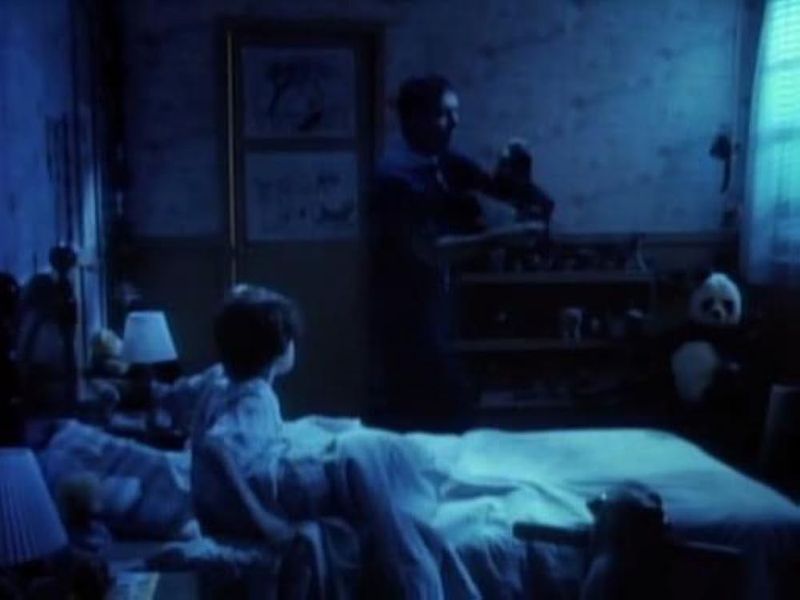
The idea of a monster lurking under the bed was a universal childhood fear. Every creak or shadow seemed to confirm its presence. Yet, confronting these imaginary beasts taught bravery in the face of baseless fears.
This childhood dread developed our ability to face and dispel unfounded anxieties. It was an exercise in rational thinking, learning to distinguish between reality and imagination. As adults, this has translated into tackling irrational fears with logic and courage.
5. Nuclear Apocalypse
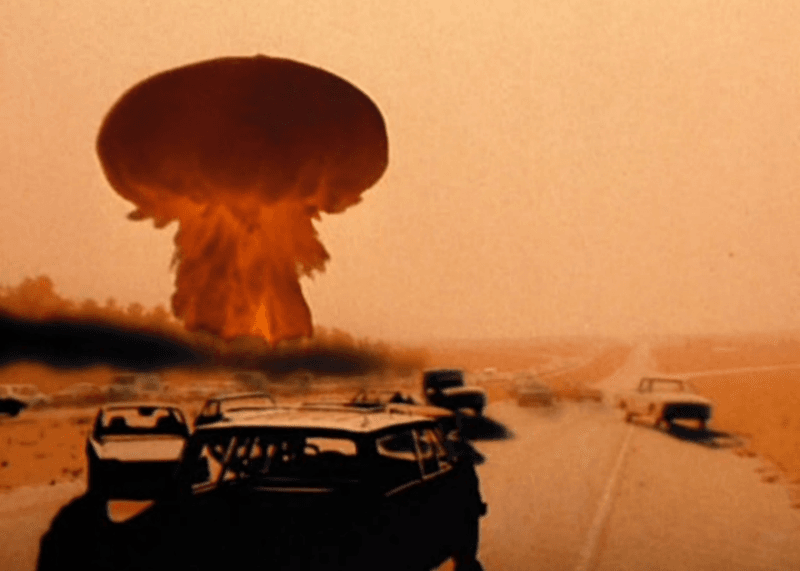
The threat of a nuclear apocalypse loomed large during the Cold War, depicted in media and school drills. Children grappled with the idea of global destruction. This fear was deeply unsettling yet instilled a profound awareness of global issues.
It taught responsibility and the importance of staying informed about world events. Though the fear of nuclear war has lessened, the lesson of being vigilant about global affairs remains crucial. It prepared us to handle large-scale anxieties with a sense of awareness and action.
6. Serial Killers

The ’80s saw a surge in media coverage of serial killers, making them a source of widespread fear. Kids were taught to be wary of strangers, fostering a sense of self-protection.
This fear heightened our awareness of personal safety and the importance of vigilance. It contributed to developing instincts that help us navigate potentially dangerous situations. While the fear was exaggerated, it instilled protective behaviors that remain useful in adulthood.
7. Killer Bees

The threat of killer bees invading from the south was a sensationalized fear of the ’80s. News reports exaggerated the danger, making children wary of playing outside.
This fear emphasized the importance of preparedness and caution in the face of overhyped dangers. It taught us to assess threats critically and not succumb to hysteria. The killer bee scare, while overblown, highlighted the need for rational assessment of risks.
8. Stranger Danger
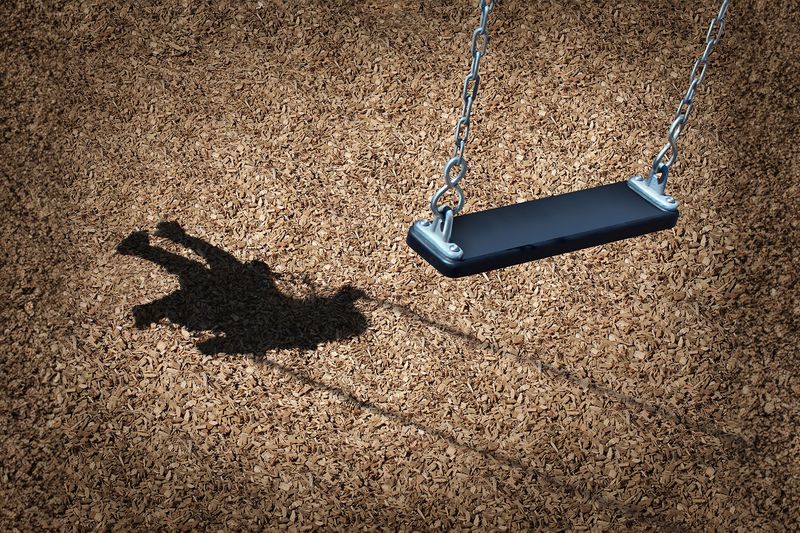
The concept of “stranger danger” emerged in the ’80s, teaching kids to be suspicious of unfamiliar adults. Stories of child abductions heightened this fear, making children alert to potential threats.
This vigilance developed an understanding of boundaries and personal safety. While it sometimes led to unnecessary suspicion, it also instilled a crucial sense of self-protection and awareness, skills that are essential in adulthood.
9. Creepy Dolls
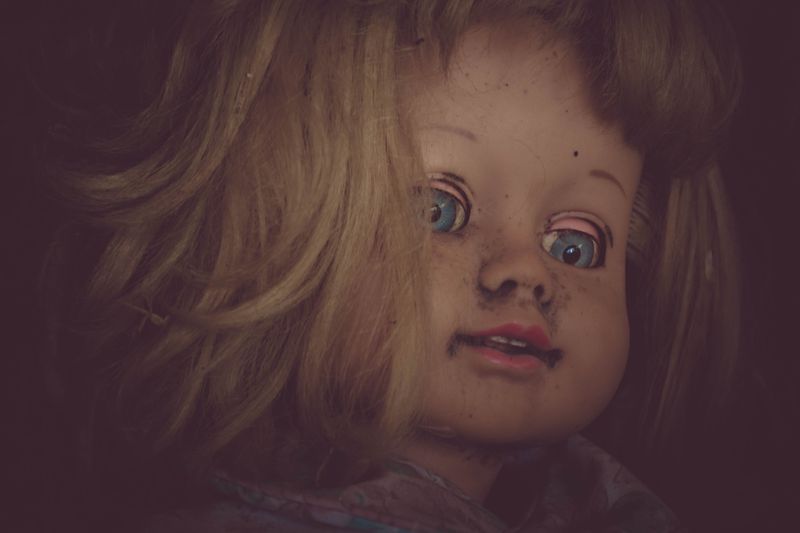
Creepy dolls, with their lifelike eyes and enigmatic expressions, haunted many ’80s children. Popular horror movies turned these playthings into objects of dread. Despite seeming irrational, this fear taught a valuable lesson about perception.
It highlighted the power of imagination and the impact of suggestive storytelling. By facing these fears, children learned to question reality and develop a critical eye, skills that help us discern truth from fiction today.
10. Choking Hazards

Choking hazards were a significant fear for ’80s parents, leading to constant vigilance. Toys and foods were scrutinized for potential dangers, instilling an early sense of caution in children.
This awareness taught children about safety and the importance of being mindful of potential risks. Although the fear seemed excessive, it underscored the need for careful attention, a trait that aids in assessing hazards as adults.
11. Haunted Houses
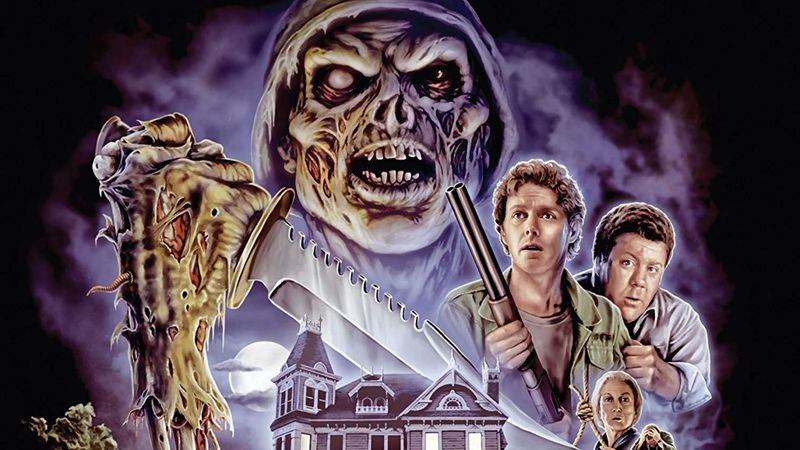
Haunted houses, often the setting for spooky stories, captivated ’80s children. The thrill of a good scare was irresistible yet terrifying. This fear encouraged bravery and the pursuit of adventure, despite risks.
It taught children to confront fears and explore the unknown, fostering resilience and courage. The haunted house tales, while fictional, nurtured a sense of adventure and boldness that serves well in adulthood.
12. Carnegie Street Gang
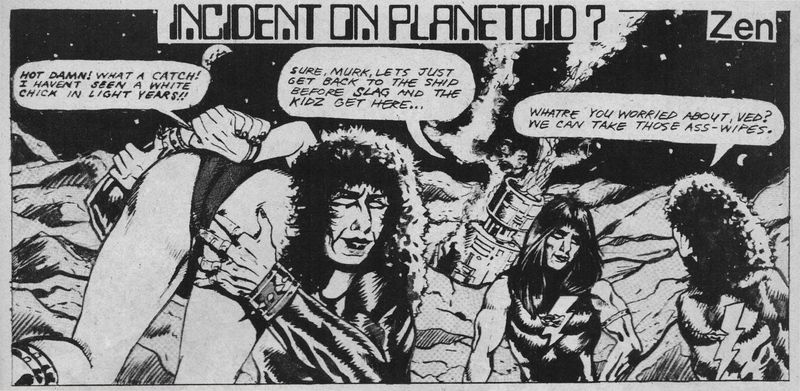
Urban legends about local gangs like the fictional Carnegie Street Gang spooked many ’80s kids. Rumors of delinquent groups created a sense of unease, even if they were often exaggerated or fabricated.
These tales taught caution and the importance of community vigilance. They emphasized the need to question rumors and verify facts, fostering critical thinking skills. The lessons in discernment and skepticism remain relevant in today’s information age.
13. Dark Basements
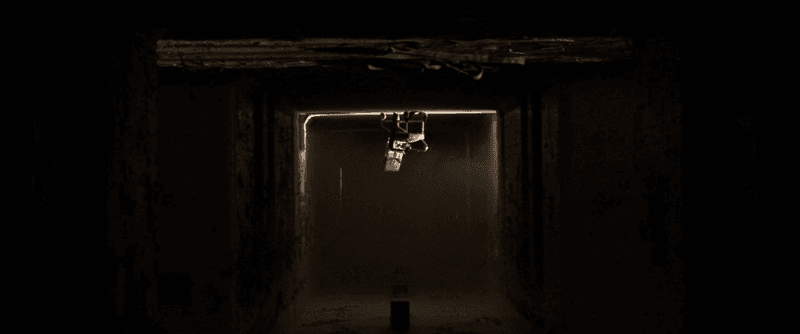
Dark basements, with their creaky stairs and mysterious corners, were a source of fear for many ’80s children. Imaginations ran wild as children envisioned monsters or ghosts lurking below.
This fear encouraged the development of courage and the ability to confront the unknown. It taught us to face intimidating situations head-on, a valuable skill for navigating life’s uncertainties.

